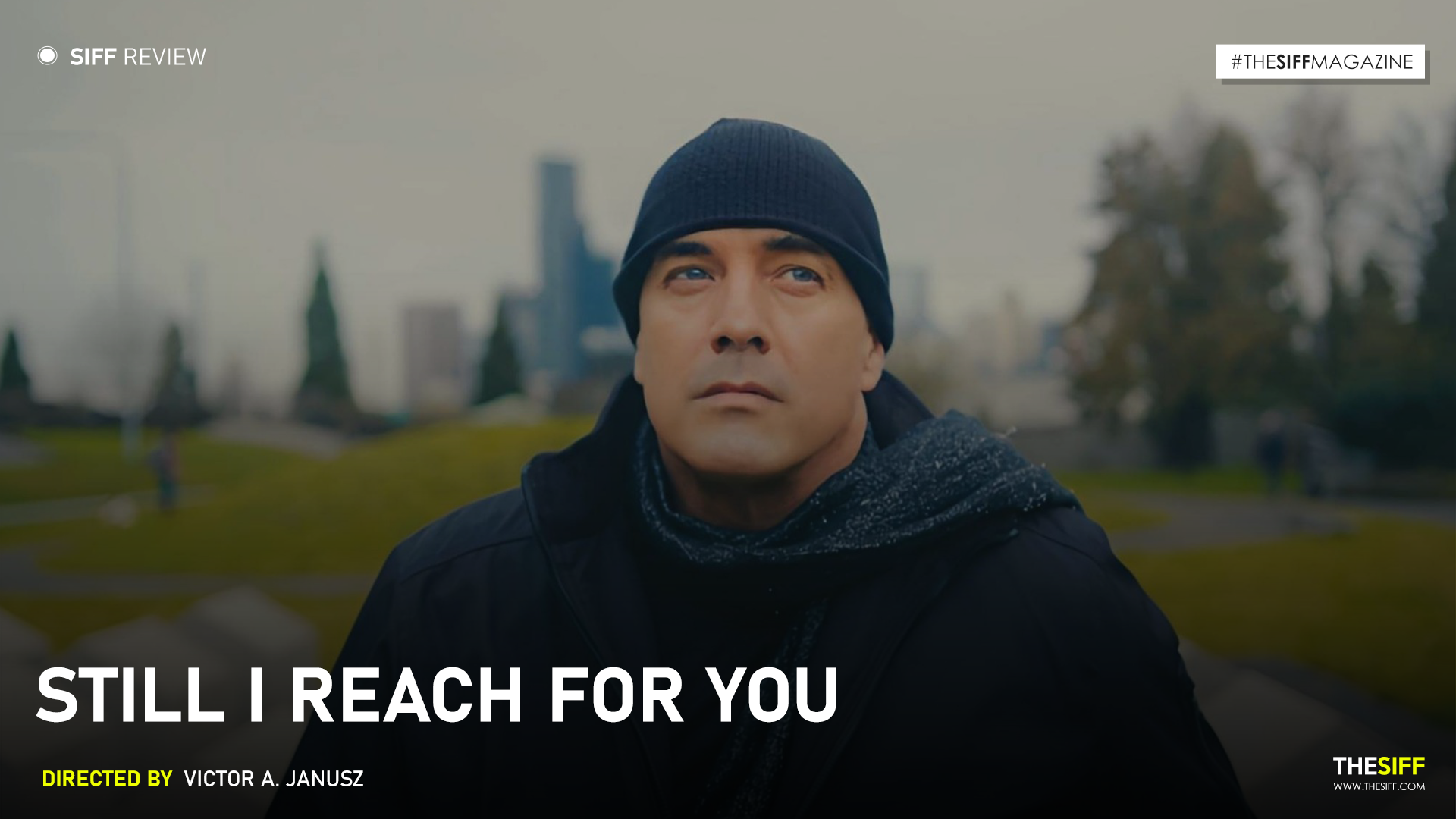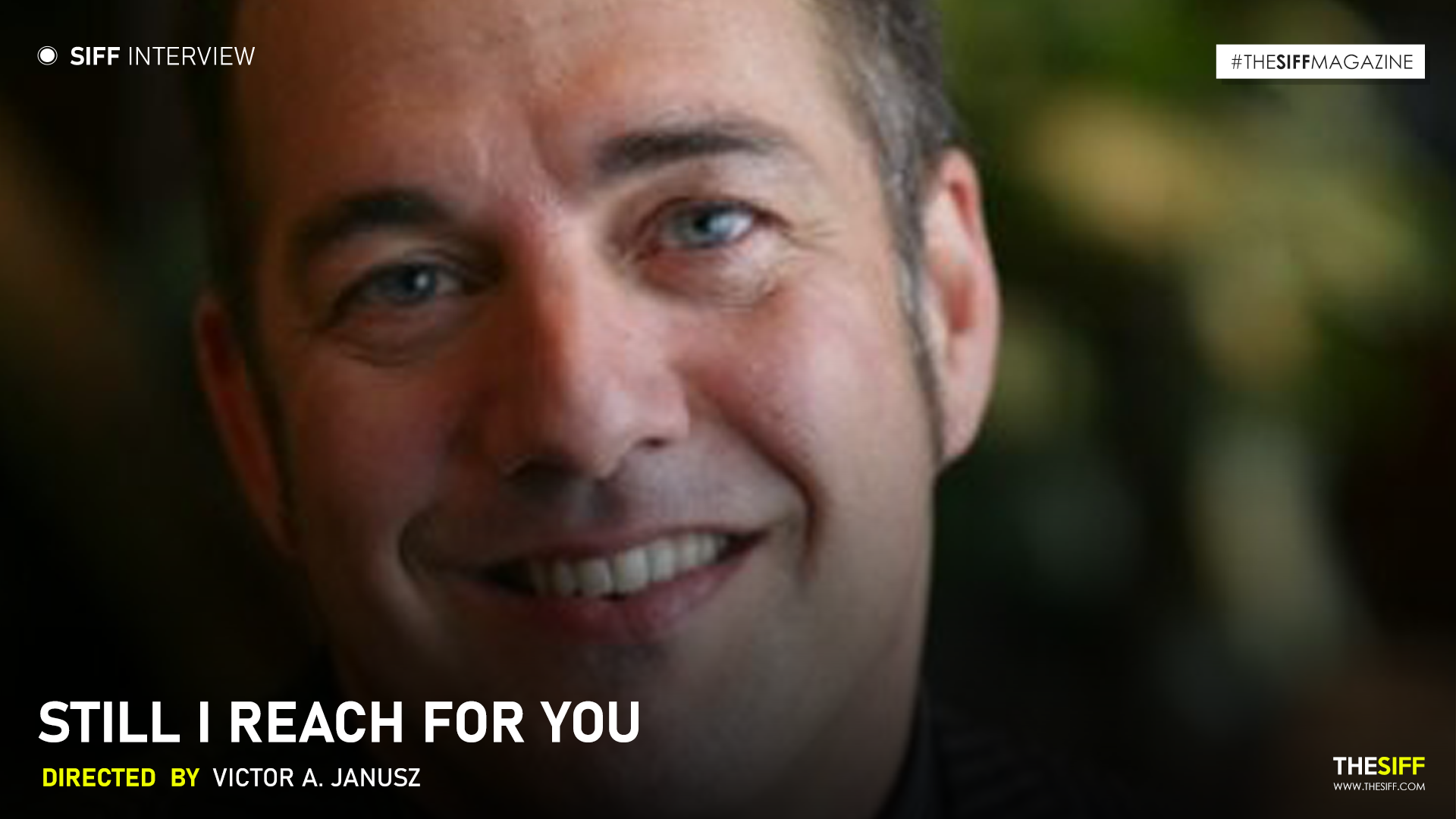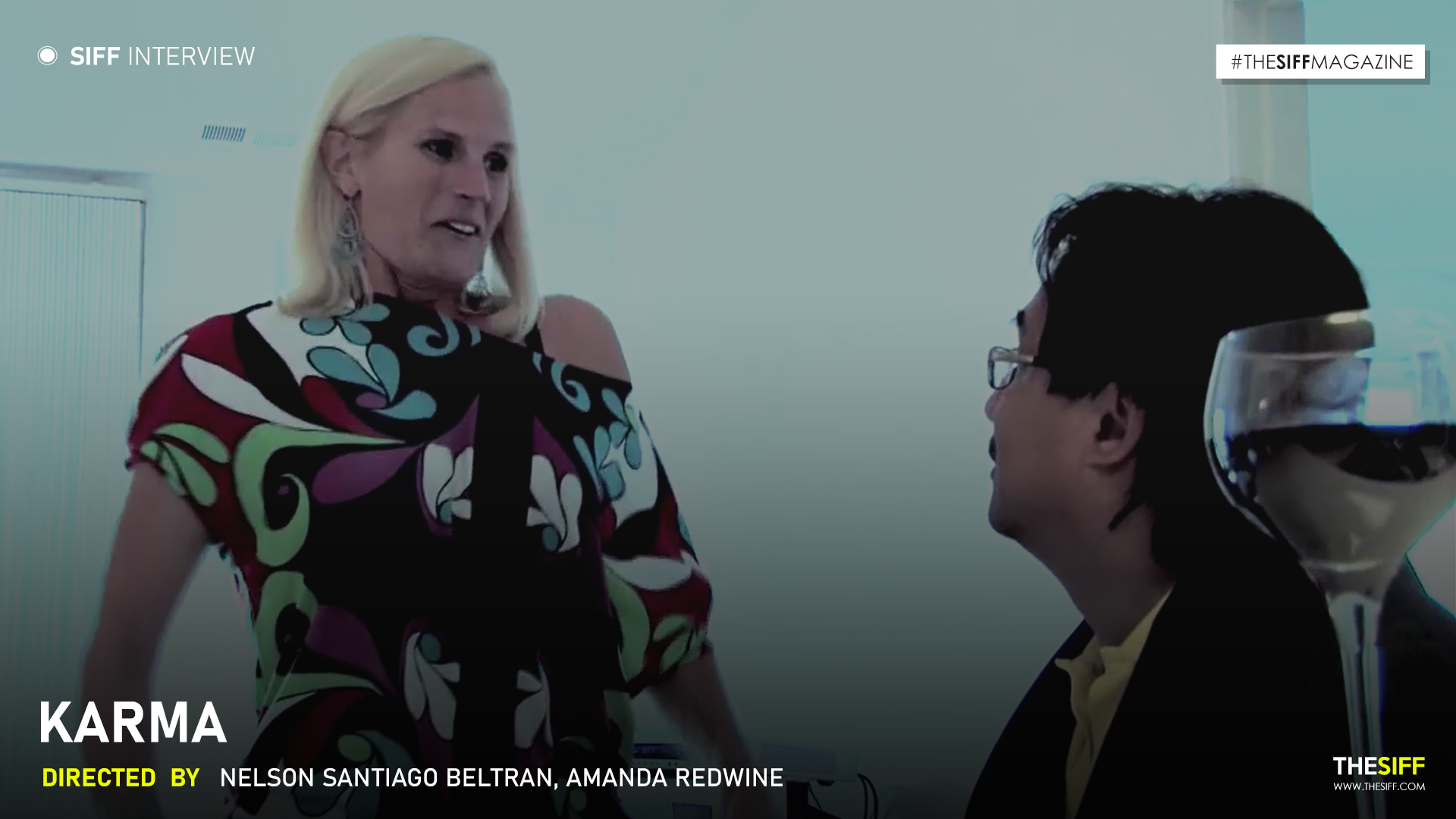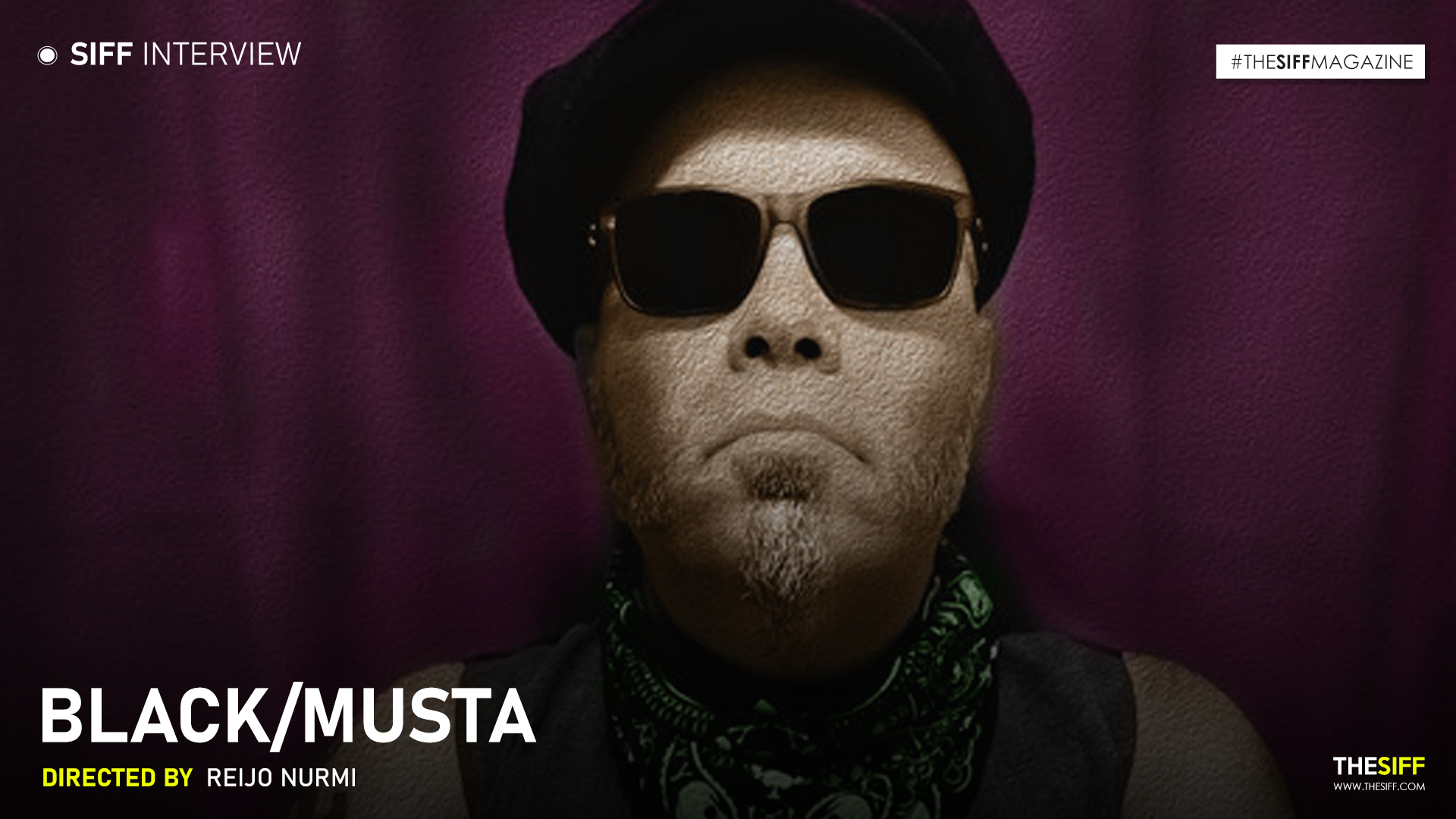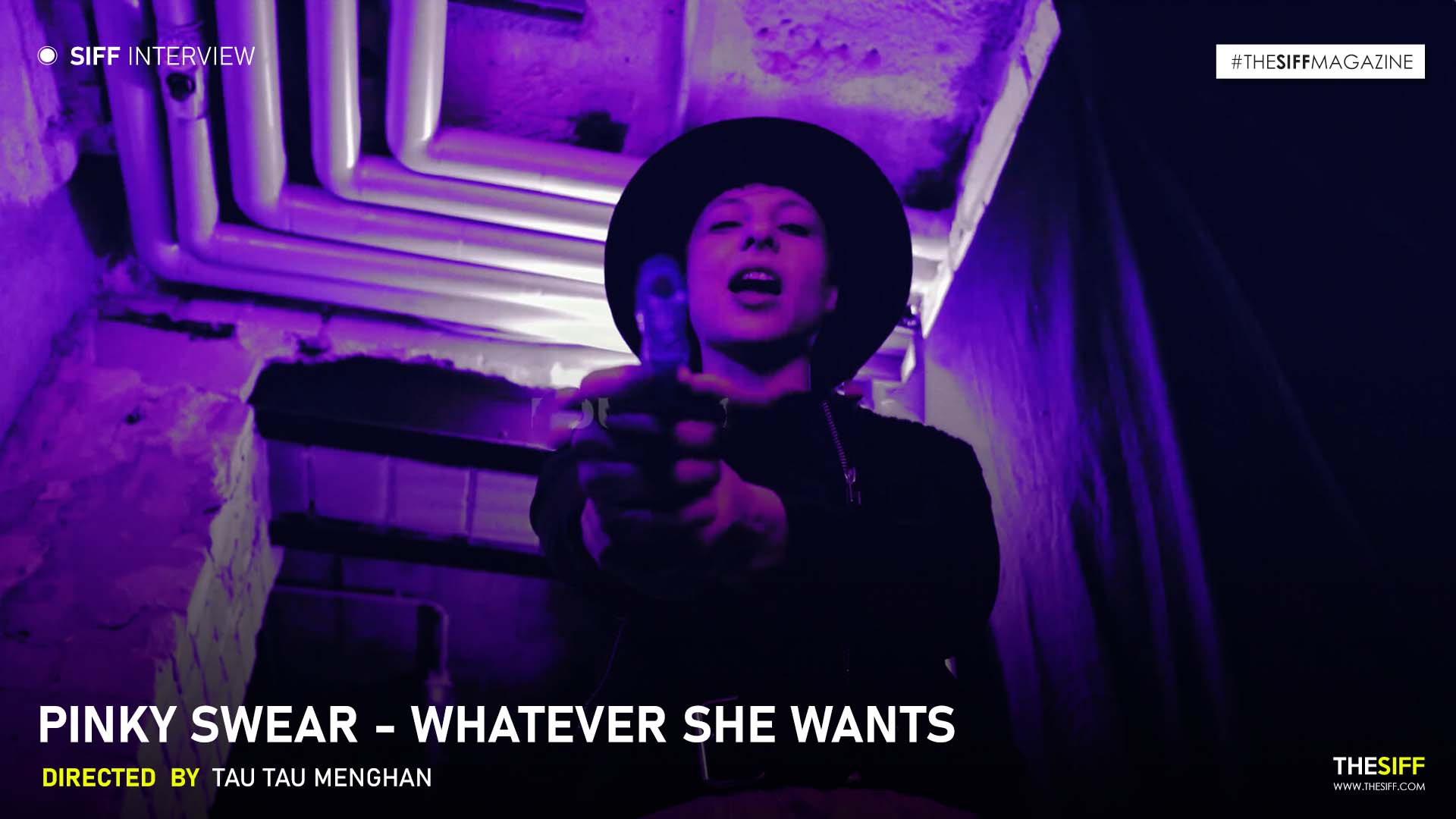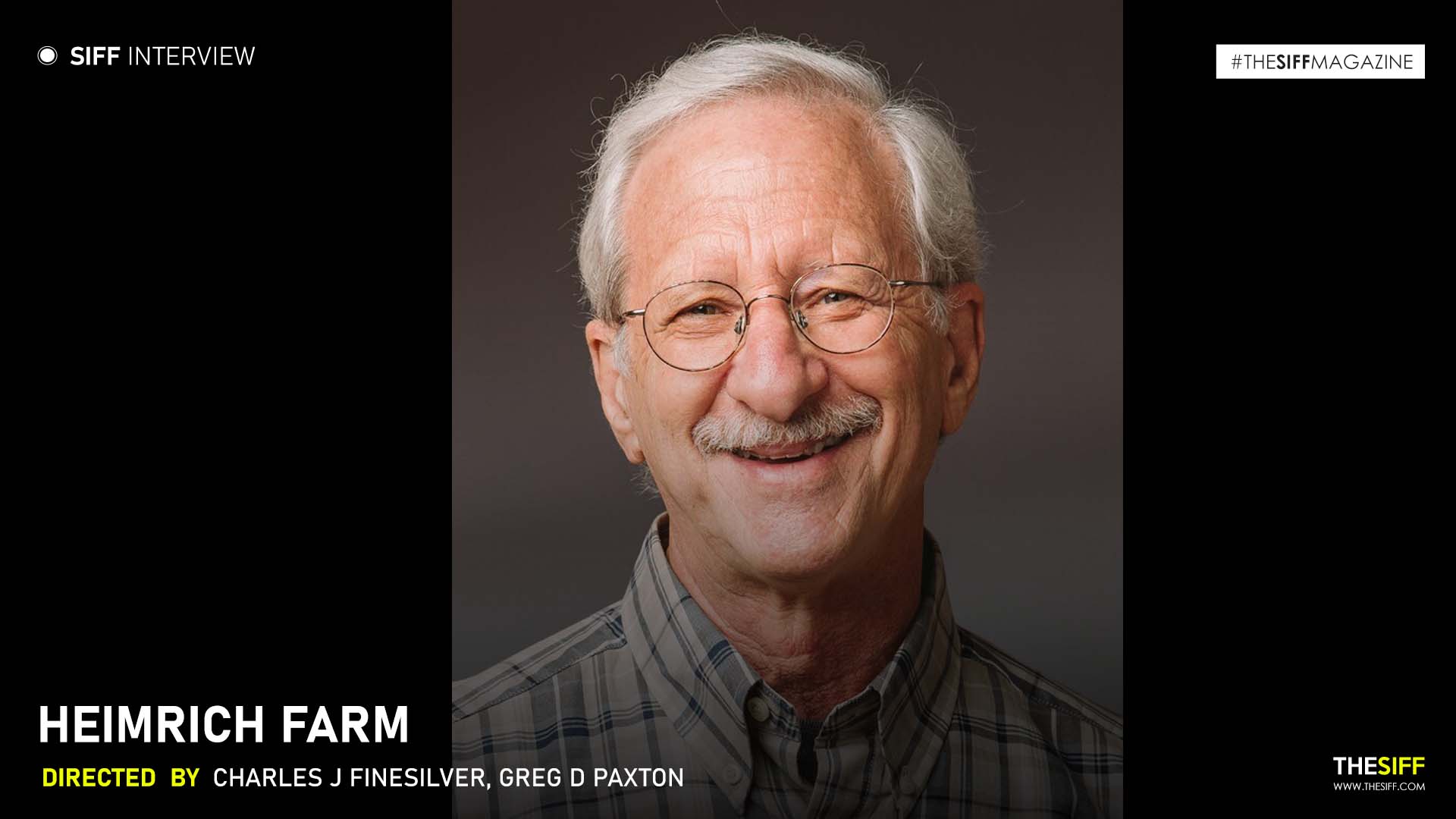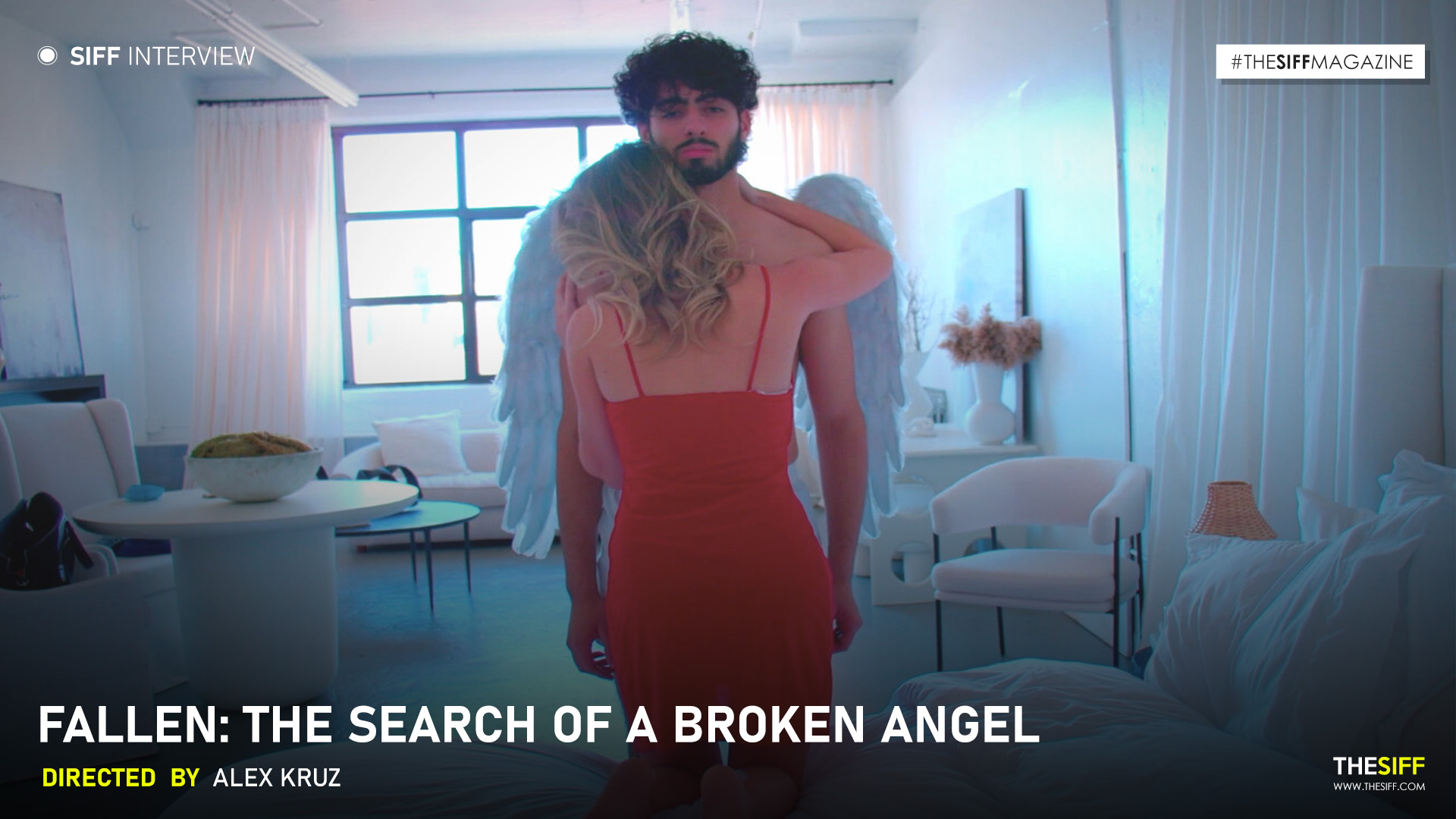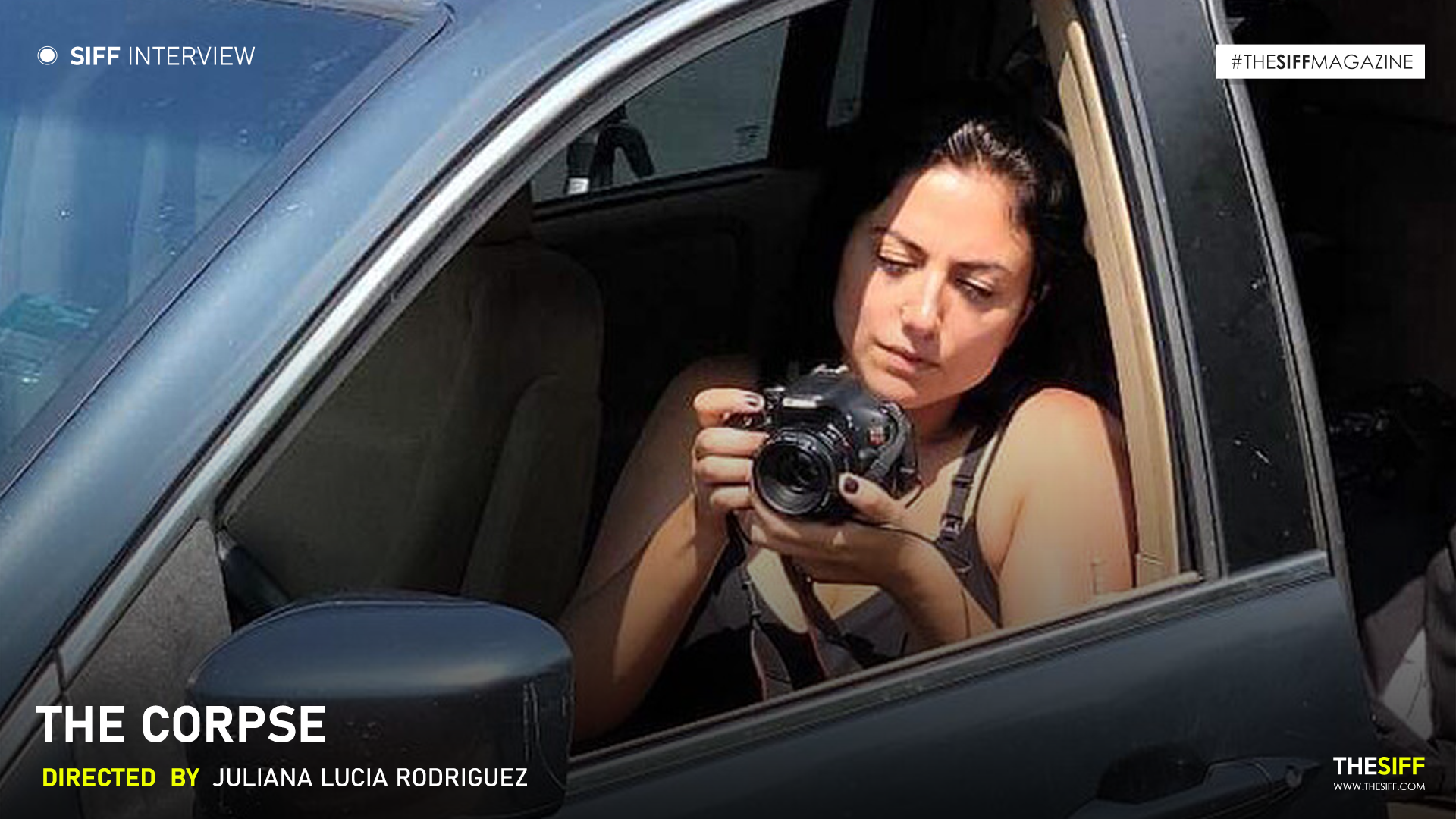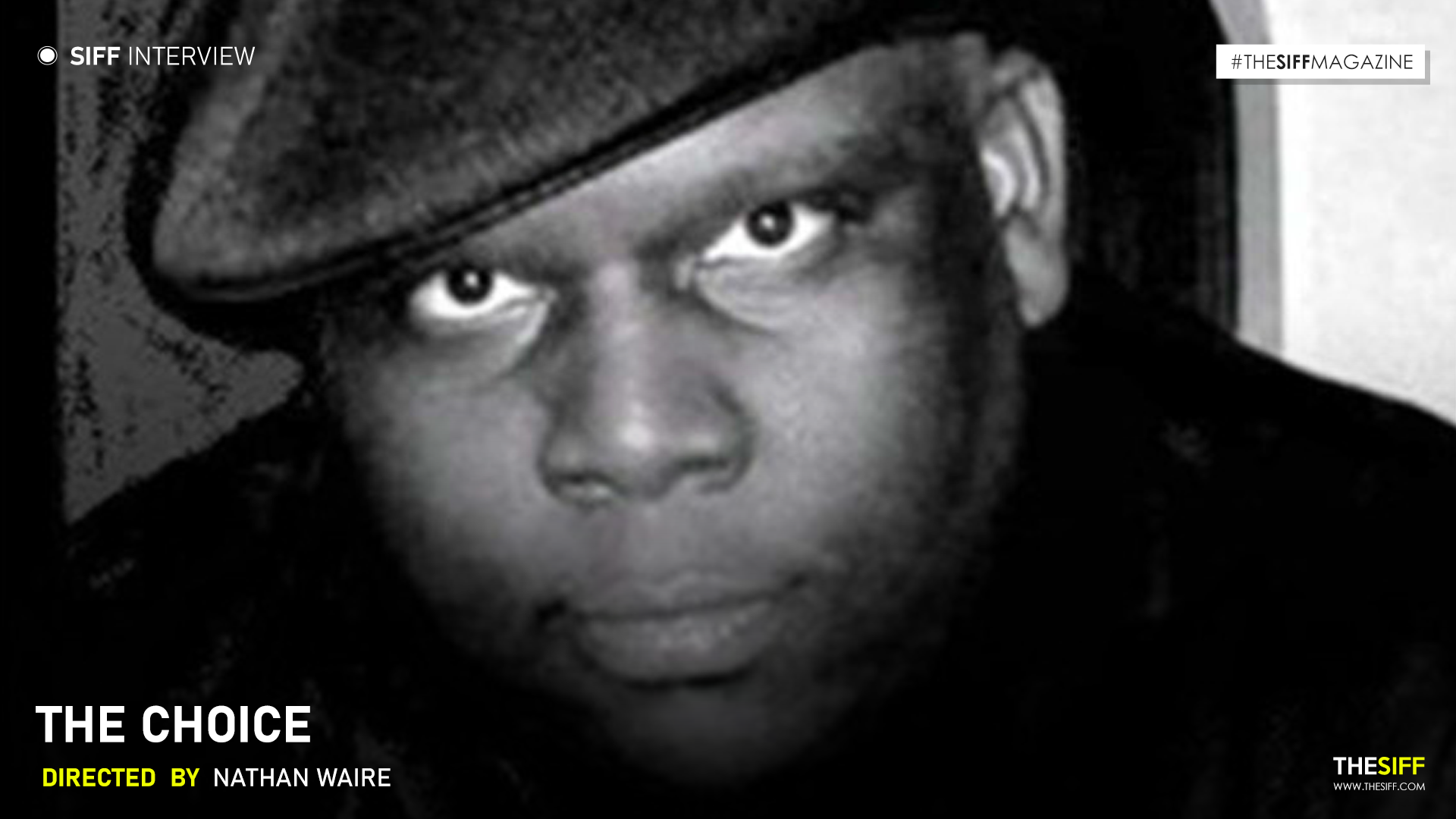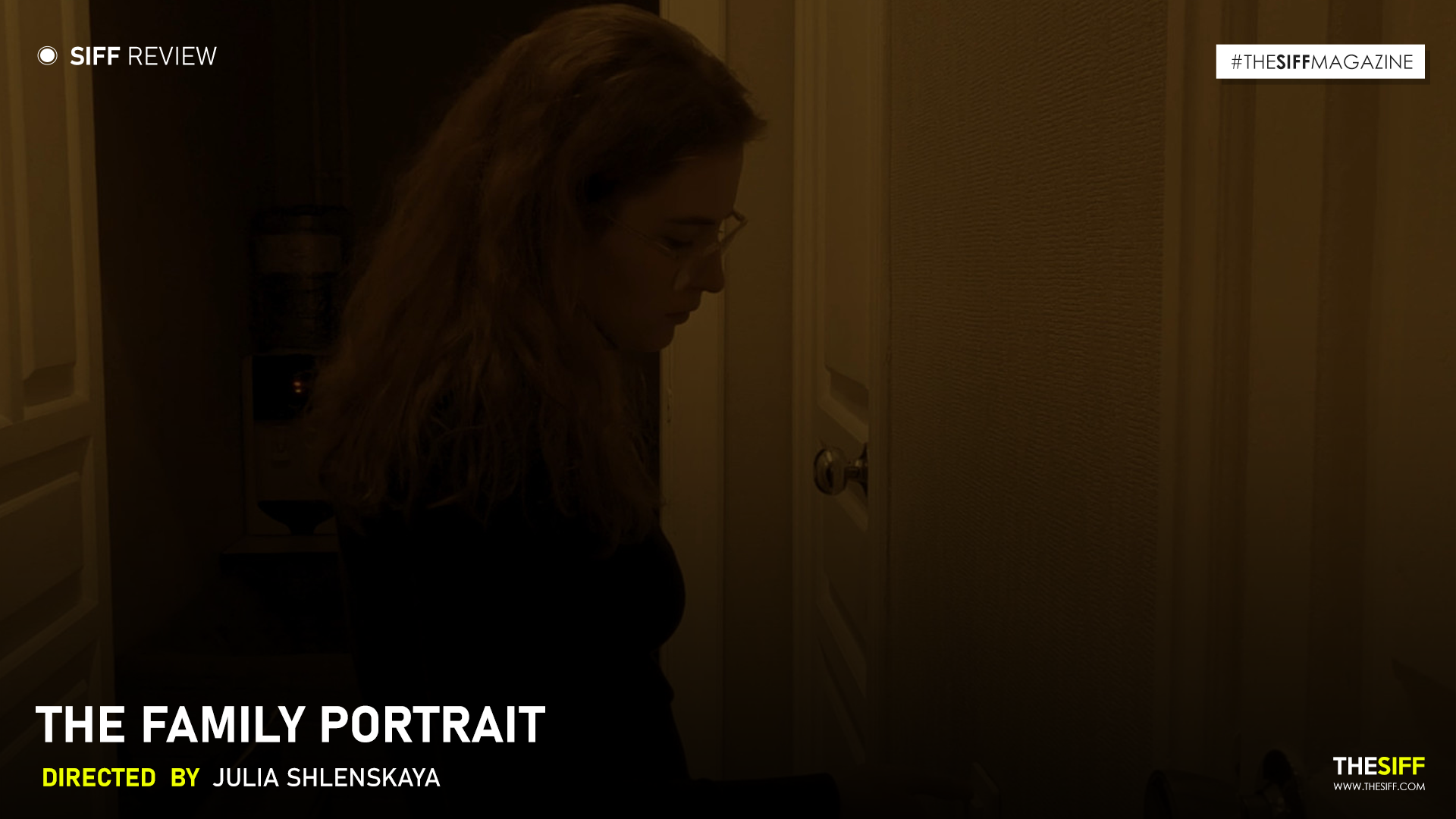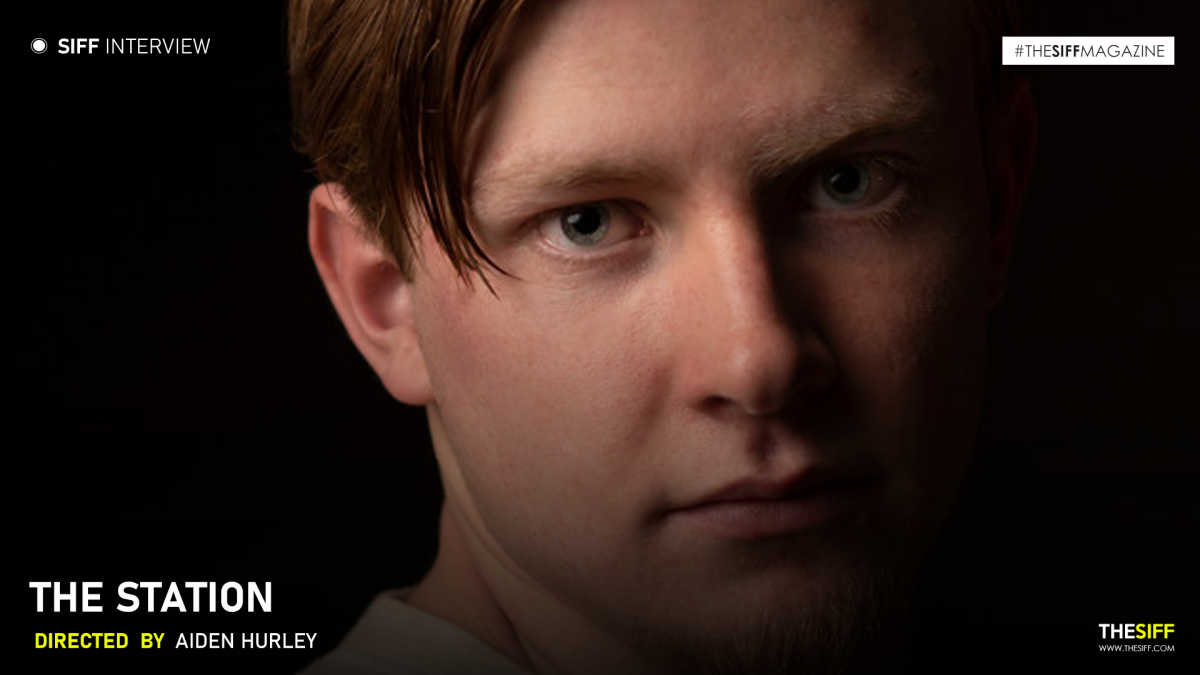
Movie name – The Station
Director – Aiden Hurley
Hello Aiden, welcome to the SIFF!
1.So tell how you started your journey in the films?
My interest in film began when I was 12 years old. I was on the set of a 35mm western directed by my cousin and produced by my father when I realized how amazing the process of shooting a film is. This film had been many years in the making. Before the shoot I had been involved in testing film cameras for the film such as the Arriflex 2C and 535B. I became more and more interested in the process after witnessing the world of film and filmmaking. Watching the process of production and directing finally pushed me to my own new obsession with the medium. Shortly after shooting wrapped, I started writing my own screenplay in hopes of getting my own chance at directing. After finishing the script, my dad convinced me that it would be worth trying to take action towards getting it produced. I started by contacting some of my friends who agreed to help me out. I kept taking chances until I eventually ended up sending a video to Kodak who sent me thousands of feet of 35mm film for free which I used to film my project using the same cameras as the previous shoot. We went into production and the film eventually ended up in the Durango Film Festival in my hometown where it won best family film and ever since then I’ve been hooked!
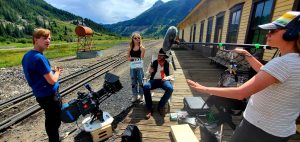
2.Would you like to share what inspired you to come up with the concept of “The Station” ?
The idea for The Station was built out of several ideas that I have tossed around for a few years. It is based on ideas from Dante’s Purgatio moving between the levels of the afterlife which were adapted to the area in which I live, Durango, Colorado. I worked on ideas for a feature film involving a boy and an outlaw making their way up the mountain to heaven in hopes of redemption. When I started my applications to colleges around the United States, I knew that I needed to make one final epic short film to culminate my high school film career and send me forward into college and beyond. I knew that I wanted it to be on film and in black and white and this story seemed to be the perfect fit and so I adapted the story into a short film that highlighted the best parts of a feature and that is what turned into The Station.
3.What initially attracted you to this concept and made you want to bring it to life on the screen?
What initially attracted me to this idea and what made me want to put it on the big screen was the idea of redemption especially within the western genre where everyone has a backstory. I always thought that these themes were especially compelling and something that all people would be able to connect with on a purely human level. I was also always interested in handling these themes in a film of my own. I knew that I wanted it to take place in the mountains of the west where I live. I wanted to connect these themes to the landscape and the features of the culture surrounding them and the west primarily using the steam train.
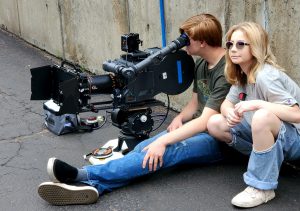
4.Could you describe the main characters of the film, the teenage boy, and the outlaw? What traits make them unique and compelling?
The two main characters of the film are the teenage boy and the outlaw. What makes them so compelling and effective is that they are each the embodiment of two contradicting themes. The outlaw represents the theme of redemption and the boy represents the theme of innocence. The outlaw sees the boy who continuously wants to stay with him and unknowingly follows him down a path of deceit. The outlaw knows that he must make the boy stay on the train to keep him from falling down the same path. The boy is on his own for the first time and is clinging to the only guardian figure he sees around him, but eventually knows he must stay behind. They both fulfill each other’s themes which I think audiences relate to on a human level.
6.The abandoned steam train serves as a crucial setting in the film. How did you work with your team to create a visually engaging and immersive environment?
My team and I worked with the Durango & Silverton Narrow Gauge Railroad in creating the backdrop of the story with the abandoned steam train. There was an old abandoned train station near the town of Silverton, Colorado that I always found interesting. It is such a unique location surrounded on all sides by fourteen thousand foot mountains. I worked with the train to gain access to this station and to organize the shooting in and around the train. The railroad is always on a tight schedule and is not easily altered so I needed to work my filming schedule around the train schedule and when I knew that the train would be passing by the station. This meant that every shot of the train going by the station was a one take shot when the train passed by only 3 times a day. The interior train shots were shot inside the Durango and Silverton Narrow Gauge Museum in Durango, Colorado. Lastly, I worked with a skilled carpenter in combination with a good friend of mine who is an artist to create the train station sign which tied the whole world we created together in combination with the costumes that I borrowed from the local community theater. The creation of this world was a team effort and was a lot of what added to making it as unique and compelling as it did.
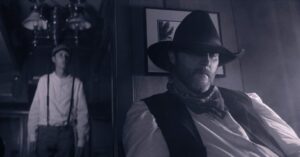
7.What challenges did you face when developing these characters, especially given the twist that one of them doesn’t belong on the train?
I went through a few different processes when trying to develop these characters. I knew that I wanted an outlaw and a younger character, but the characters were undefined for a little while. I went back and forth between deciding if I wanted the outlaw to be older or younger and how that would change their themes. I finally decided I wanted the outlaw to be younger, because I wanted the outlaw to go through his own character arc and truly realize his sins rather than knowing what he wants or what he thinks he should do. When it came to the boy character, I didn’t know if I wanted him to be aware of where he was in purgatory or not and choosing for him to be unknowing in where he was turned out to be one of the best character development choices that I made. This is what allowed the theme of innocence to appear within his character and was something that turned out to be one of the defining themes of the film. Developing these characters and their perspectives turned out to be more difficult in such a character driven film, but the time that I spent working on them definitely did not go unnoticed in the story as a whole.
8.The concept of not belonging is central to the plot. How did you maintain the suspense and keep the audience guessing about the true identity of the character who doesn’t belong?
The key with creating the suspense surrounding the one that doesn’t belong was accomplished by not revealing to the audience what situation the boy is in at the beginning of the film. The goal was to keep the audience wondering in order to hold attention and then reveal to them what is actually going on here. It is not until the audience sees the sign for Sordello Station 666 that they start to suspect that the characters are in the afterlife. The film is an abstract piece and so it requires close attention to detail to reveal important information for the story. The outlaw trying to make the boy stay on the train finally reveals to the audience that the boy is the one that does not belong and the rest of the story follows the boy’s realization and acceptance of this fact. So many themes and important elements of the story really began to be created along the way as the film moved along.
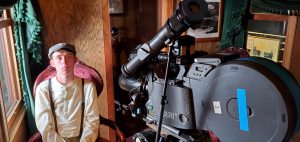
9.In a film with a unique twist, maintaining audience engagement is crucial. How did you ensure that the revelation remained impactful and surprising?
This film is an abstract art film and so it obviously requires close attention and audience engagement in order to make the premise clear. I knew that I needed to maintain audience engagement until the twist at the end was revealed so I decided to build tension and hold the attention of the audience by showing the boy waking up on the train and wandering around looking for someone. This created a sense of mystery and a hook that made the audience engage and focus on specific details in order to understand. By introducing the character of the outlaw in the train, I built the tension even more by making the audience focus on all details including the “Sordello Station 666” sign followed by the flashback with eventually reveals what the characters are doing there and why they are there in the first place which allowed me to hold the attention of the audience until the final twist when the outlaw tells the boy to stay on the train.
10.Aiden, would you elaborate how you approached creating a sense of chemistry or tension between these characters?
I created tension between the two main characters by starting them off on their own missions with separate motives. Each of them is trying to use the other in order to achieve their own goal. The boy is looking for someone to trust in this new world where he is alone and is using the outlaw to try to fulfill this goal. The outlaw is trying to keep the boy on the train to keep him from falling down the same path. They are both unaware of the others motives until they finally reveal their motives after the outlaw is reminded of his sins. This situation allows them to keep tension between one another and finally allows for the boy to understand the motives and morals that shape the story and eventually push him towards his personal theme of moving out of innocence.
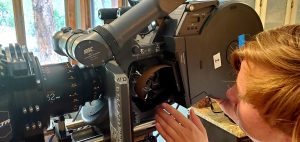
11.Were there any specific shots or scenes that were particularly challenging to capture or execute but were essential to the film’s impact?
Although working with the train was an amazing opportunity, it also involved some challenges. Many different shots with the train turned out to be difficult to film because of needing to work around the schedule of the train. However, the most difficult shot was the split diopter shot where the outlaw is in a close up and the boy is riding away on the back of the train in the distance. First, this shot involved a cinematography trick piece of equipment called a split diopter which is half of a magnifying glass that goes over the lens that allows it to focus on two points at the same time. When using this diopter my team and I needed to spend time making sure that the focus and alignment were perfect before rolling along with the added challenge of recording sync sound during the shot. On top of that we needed to time it with the train leaving the town of Silverton with the actor who played the boy on the back of it. So it involved acquiring a ticket and letting my actor on the train in Silverton before the shot, but since the train operates on a tight schedule, they were not able to stop to let him off after the shot was completed so after the shot, the train hauled our lead actor away for a 4 hour train ride back to Durango. It was a shot that required a lot of preparation and planning, but was quite important in order to juxtapose the two characters on their journeys towards the end of the story.
12.Filmmaking is a collaborative process. How did you work with the production and art departments to bring the steam train and its surroundings to life?
I worked with the Durango & Silverton narrow gauge railroad and to coordinate shots involving the train both passing by and for interiors. I worked around the tight schedule of the train in order to capture any shots involving the outside of the train because of the fact that the train operated on a specific schedule and was not able to change anything about or stop at places other than what was designated. This involved a lot of setting up and waiting for the train to come by. For the interiors, I used the famous John Wayne car that is set up in the railroad museum in Durango in order to capture such an elegant and surreal interior decoration that really added to the story. When it came to working with the art department, I asked for favors from a well known wood worker in Durango named John Kassay and he helped me create the shape of the Sordello Station sign which is such an important part of the story and set dressing of The Station. Once the shape of the sign was completed, I turned to a good friend of mine and the director of the Durango Arts Center who agreed to paint the text and design on the sign which emulated train station signs in the area. This really added to the story and allowed for a much more visual approach to understanding the story and the unique twist at the end. Finally, when it came to costumes, I pulled multiple different pieces from the Durango Arts Center which really helped everything look and feel accurate within this period piece.
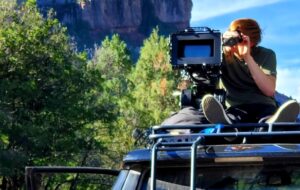
13.Is there anything else you’d like to share about the film’s production, themes, or your personal experience directing it?
In addition to working with the train and the art department to make the film and its environment authentic and artistic, I also chose to shoot the film completely on 35mm film which I think is what pulled the whole look of the film together. Film celluloid is important to me and I have been working with it since my first short because I think it brings a naturalism and cinematic look that especially appealed to this film and this story. The film grain and imperfections added to the gritty and realistic parts of the story such as the flashback while also helping the rest of the film surreal with its extensive exposure latitude which allowed everything to be properly exposed. I think that is what really stands out to people visually whether they know it or not. I try to use film when I am able to as it suits my cinematic visual style, but I think the choice for this story in particular really enhanced the visual storytelling of the short.
14.As the director, what message or feeling do you hope audiences will take away from this film?
I hope that the audience will watch my film and be able to look on life from a different perspective. One that is more contemplative and reflective and that it will allow them to see similar themes in their lives and the world around them. I also hope that it inspires any other young filmmakers to make the movies they want to make and understand that they do not need to conform to the rules placed on cinema today to be able to create a film that people will appreciate. I know that this story and this film in particular made me look at things differently, both theoretically and from the perspective of filmmaking and I hope that others will be able to do the same.
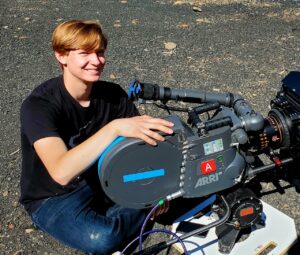
15.Last but not the least, how is your experience of working with the SIFF?
Working with SIFF was an amazing experience. Even though I was unfortunately not able to attend the festival in person, I felt the love and appreciation of my film and what it truly is and stands for. I felt this appreciation and support in few other festivals and I am forever grateful to them for selecting my film, awarding it best student film, and for conducting this interview that was really able to let me go in depth like no other. I am excited to see where “The Station” goes from here because of the support of this festival and I am inspired and excited to submit future films and projects to this festival!
Aiden, thank you for your time! It was great talking to you!


